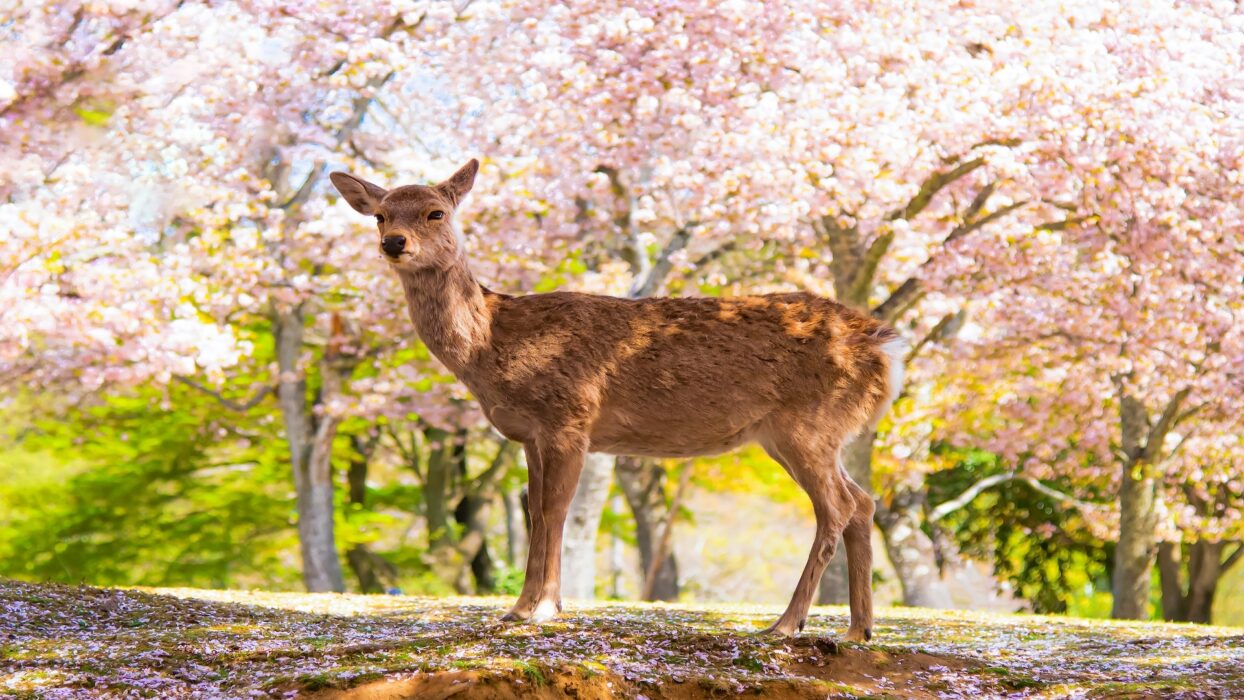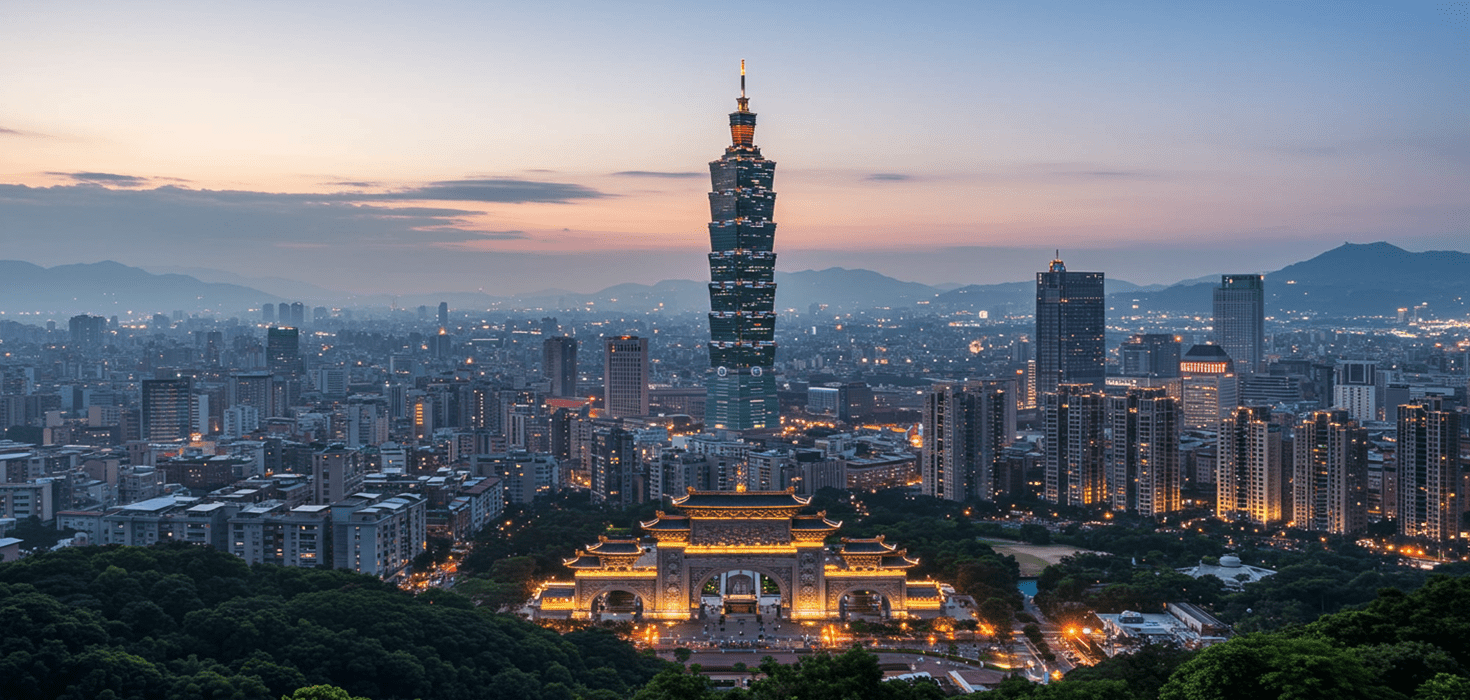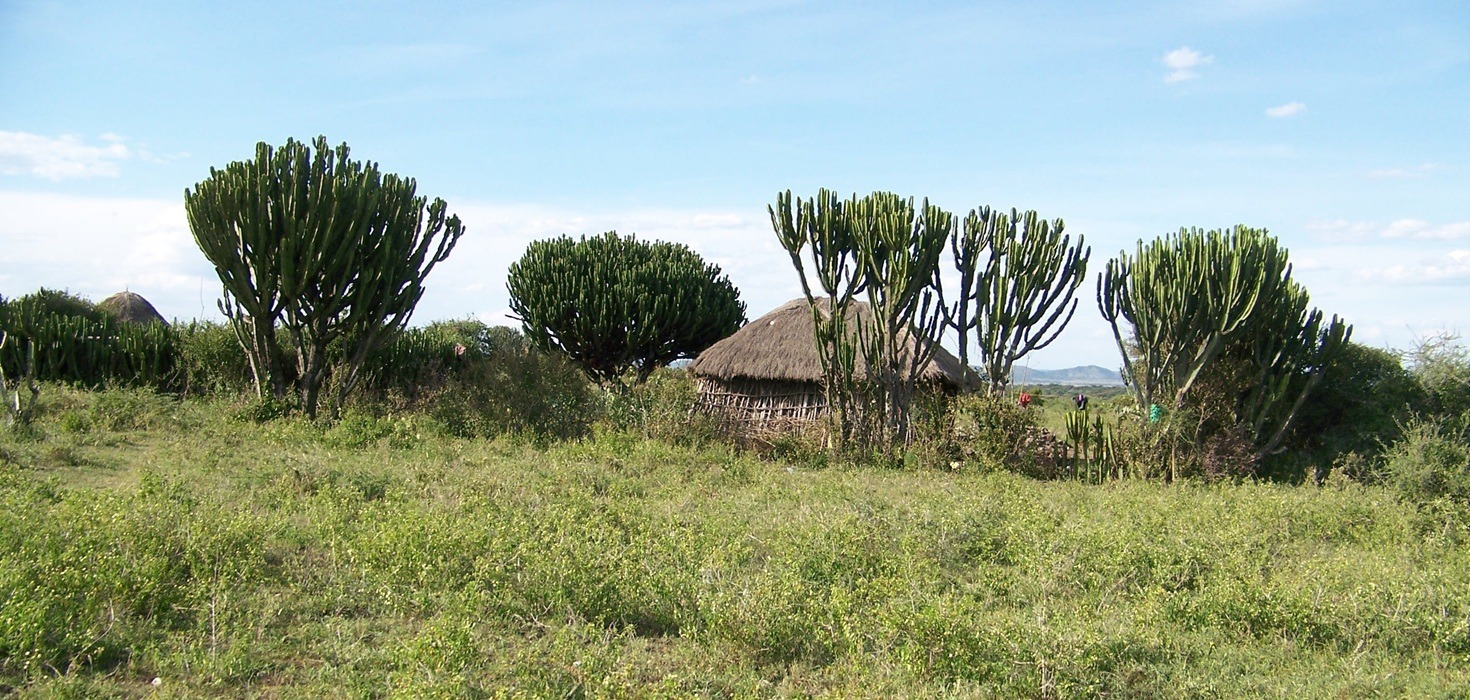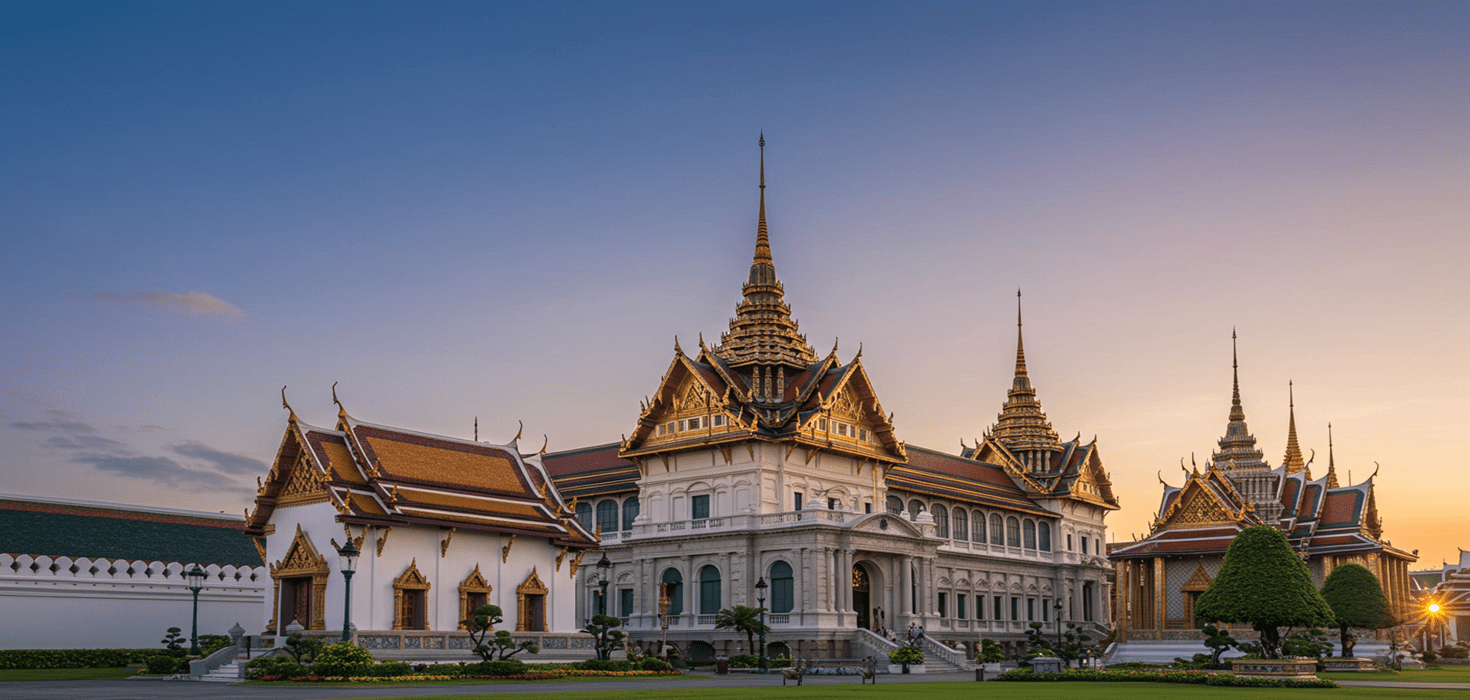Experience the Magic of Todaiji: A Seasonal Guide to Nara’s Most Iconic Temple and Its Surroundings
Enchanting Introduction to Todaiji Temple and Nara
Welcome to Nara, a city where ancient history and serene beauty come together in a delightful embrace! At the heart of this enchanting destination lies Todaiji Temple, an iconic symbol of Japan’s rich cultural heritage and a must-visit for anyone exploring the region. Known for housing the magnificent Great Buddha statue, Todaiji isn’t just a temple; it’s a journey into the very soul of Japanese spirituality.
As you step into the temple grounds, you’ll find yourself surrounded by the lush greenery of Nara Park, a sprawling oasis that’s home to over a thousand free-roaming deer. These gentle creatures, considered messengers of the gods in Shinto belief, add a unique charm to the park, inviting visitors to interact with them and capture unforgettable moments. Picture this: you’re strolling through the park, deer casually wandering by, and the majestic silhouette of Todaiji Temple in the background—pure magic!
Nara is brimming with attractions, from ancient shrines to beautiful gardens, but Todaiji Temple stands out as the crown jewel. With its impressive architecture and spiritual significance, it’s no wonder this site attracts travelers from all corners of the globe. So, whether you’re a history buff, a nature lover, or simply someone looking for a peaceful escape, Nara promises an experience that will linger in your heart long after you leave.
The Architectural Marvel of Todaiji: A Closer Look at Its Design
Let’s take a moment to marvel at the architectural brilliance of Todaiji. This temple is a stunning example of Japanese Buddhist architecture, showcasing the grandeur of the era in which it was built. The Great Buddha Hall (Daibutsuden) is the largest wooden building in the world and houses the awe-inspiring Great Buddha statue, which stands a staggering 15 meters tall. Can you imagine the sheer scale of this masterpiece? As you enter, the atmosphere is filled with a sense of reverence, and the intricate details of the hall’s construction will leave you in awe.
Don’t miss the Nandaimon Gate as you approach the temple. This grand entrance is flanked by fierce guardian statues that seem to watch over the temple and its visitors. These statues are not just impressive in size; they are works of art that reflect the craftsmanship of the time. As you walk through the gate, take a moment to appreciate the intricate carvings and the stories they tell.
Every corner of Todaiji Temple is rich with history and architectural innovation. From its towering structures to the serene gardens that surround it, Todaiji is a testament to the artistry and spiritual devotion of its creators. Ready to discover more about its fascinating history? Let’s unravel the tapestry of time that has shaped this remarkable site!
Unraveling the History of Todaiji: From Its Inception to Present Day
Todaiji Temple has a storied past that dates back to the 8th century, when it was established as a center for Buddhist learning and practice. It played a pivotal role in the development of Buddhism in Japan and has been a significant cultural landmark ever since. Over the centuries, the temple has witnessed numerous historical events, including wars and restorations, each leaving its mark on this sacred site.
Among the key figures associated with Todaiji is Emperor Shomu, who ordered its construction as part of his efforts to unify and strengthen the nation through Buddhism. The temple’s designation as a UNESCO World Heritage site further underscores its importance, recognizing its cultural and historical value not just to Japan, but to the world. As you walk through the temple grounds, you can almost hear the whispers of history echoing around you.
And let’s not forget the fascinating folklore that surrounds Todaiji! Local legends speak of the temple’s connection to the deer of Nara Park, believed to be the guardians of the temple. These stories add an enchanting layer to your visit, making it not just a sightseeing trip, but a dive into Japan’s rich cultural narrative.
Seasonal Highlights: Experiencing Todaiji Throughout the Year
One of the best parts about visiting Todaiji is that each season brings its own unique charm and activities. In spring, the cherry blossoms burst into bloom, painting the landscape in soft pink hues. Imagine strolling through Nara Park, surrounded by blooming sakura, while the Great Buddha watches over you. It’s a sight that feels almost dreamlike!
Summer invites you to explore the vibrant wildlife of Nara Park. The deer are particularly lively during this time, and you might even catch a glimpse of fawns frolicking in the grass. It’s the perfect season for a picnic under the trees, soaking in the sun while enjoying the serene atmosphere.
As autumn arrives, the park transforms into a canvas of fiery reds and golden yellows. The changing leaves create a breathtaking backdrop for cultural events and festivals. Don’t miss the chance to participate in local celebrations that showcase Nara’s rich traditions!
Winter offers a tranquil respite, where the temple grounds are often blanketed in a soft layer of snow. The peaceful ambiance is perfect for reflection and quiet contemplation. You might even encounter seasonal festivities that celebrate the New Year, adding a festive touch to your visit.
With each season offering its own unique experiences, Todaiji and Nara Park are truly year-round destinations. Ready to explore the wildlife wonders of Nara Park? Let’s delve into the fascinating interactions with nature that await you!
Nara Wildlife Wonders: Interacting with Nature at Nara Park
Nara Park is not just a beautiful landscape; it’s a living tapestry of nature, culture, and history, where the gentle deer roam freely, captivating the hearts of visitors. These iconic creatures are more than just adorable animals; they hold deep cultural significance in the Shinto tradition, believed to be messengers of the gods. As you stroll through the park, you’ll notice how the deer interact with visitors, creating a magical atmosphere that feels almost surreal.
The Cultural Significance of Deer in Nara
The deer of Nara are considered sacred, and they have been protected for centuries. According to local lore, the deity Takemikazuchi no Mikoto rode into Nara on a white deer, establishing a special bond between the animals and the people. This connection is celebrated in various festivals and events throughout the year, making your visit to Nara Park not just a walk in the woods but a step into a rich cultural narrative.
Tips for Responsible Wildlife Interaction
While the deer are friendly and often approach visitors for a snack, it’s important to interact with them responsibly. Here are a few tips to ensure a safe and enjoyable experience for both you and the deer:
- Feed Them Wisely: Purchase special deer crackers (shika senbei) from vendors around the park. Avoid feeding them anything else, as human food can be harmful.
- Respect Their Space: While they may seem friendly, remember that they are still wild animals. Keep a respectful distance and avoid sudden movements.
- Observe Their Behavior: If a deer seems disinterested or agitated, give it space and move on. Always prioritize the well-being of these gentle creatures.
With these tips in mind, you’re all set for an unforgettable encounter with Nara’s wildlife. Ready to savor the flavors of Nara? Let’s explore the local culinary scene!
Culinary Deep Dive: Savoring Local Flavors Near Todaiji
After a day of exploring the stunning sights of Todaiji and Nara Park, your taste buds will be begging for some local delicacies! Nara is home to a variety of culinary delights that reflect its rich cultural heritage. From traditional Japanese dishes to unique local specialties, there’s something to satisfy every palate.
Traditional Japanese Dishes to Try
Be sure to indulge in some of Nara’s signature dishes:
- Kasuga Niku: A local specialty of grilled meat, often enjoyed with a side of seasonal vegetables.
- Chagayu: A comforting rice porridge made with green tea, perfect for a light meal or snack.
- Nara Soba: Buckwheat noodles served cold with dipping sauce, a refreshing choice, especially in the warmer months.
Vegetarian and Vegan Options Available
Nara also caters to vegetarian and vegan travelers. Many restaurants offer plant-based dishes, including:
- Yudofu: Silken tofu served in a light broth, often accompanied by dipping sauces.
- Seasonal Vegetable Tempura: Lightly battered and fried vegetables that are crispy and delicious.
Whether you’re a meat lover or prefer plant-based options, Nara’s culinary scene will surely delight your taste buds. Want to explore more about Nara’s festivals and cultural experiences? Let’s dive into the vibrant festivities!
Festivals and Cultural Experiences: Celebrating Nara’s Heritage
Nara is a city that loves to celebrate, and its festivals are a testament to its rich cultural heritage. One of the most significant events is the Omizutori Festival, held in March at Todai-ji Temple. This ancient ritual marks the arrival of spring and features breathtaking fire ceremonies that illuminate the night sky.
Omizutori Festival and Its Importance
During the Omizutori Festival, priests carry flaming torches through the temple grounds, creating a mesmerizing spectacle. The event symbolizes purification and renewal, drawing crowds from near and far. Witnessing this ancient tradition is an experience like no other, offering a glimpse into Nara’s spiritual heart.
Other Cultural Experiences
But the festivities don’t stop there! Participate in local traditions such as:
- Tea Ceremonies: Experience the art of Japanese tea-making in serene settings, where every sip tells a story.
- Traditional Craft Workshops: Try your hand at making Nara’s famous ceramics or textiles, and take home a piece of your adventure.
Engaging in these cultural experiences allows you to connect with Nara on a deeper level, making your visit truly unforgettable. Ready to gather practical information for your visit? Let’s ensure you have everything you need!
Practical Information for Travelers: Your Ultimate Visitor Guide
As you plan your visit to Todaiji Temple and Nara, having the right information at your fingertips will make your experience smoother and more enjoyable. Here’s what you need to know:
Opening Hours and Entrance Fees
Todaiji Temple is open daily, with varying hours depending on the season. Generally, the temple opens at 7:30 AM and closes around 5:30 PM. The entrance fee for the Great Buddha Hall is around 600 yen for adults, with discounts for children and groups. It’s always a good idea to check for any special events or changes in hours before your visit.
Tips for Navigating the Temple Complex
The temple complex is expansive, so wear comfortable shoes! Take your time to explore the various halls, gardens, and surrounding areas. Don’t forget to bring your camera to capture the stunning architecture and the serene beauty of the grounds. If you’re feeling adventurous, consider joining a guided tour for deeper insights into the temple’s history and significance.
Crafting Your Perfect Nara Travel Itinerary
To make the most of your time in Nara, here’s a suggested itinerary to help you explore the highlights:
Day 1: Explore Todaiji and Nara Park
- Start your day with a visit to Todaiji Temple, marveling at the Great Buddha.
- Stroll through Nara Park, enjoying the company of the friendly deer.
- Have lunch at a local restaurant, trying out some Nara specialties.
- In the afternoon, visit Kasugataisha Shrine, famous for its lanterns.
Day 2: Discover More of Nara’s Treasures
- Begin at the Isuien Garden, a beautiful traditional garden that offers tranquility.
- Explore the Nara National Museum to learn more about the region’s cultural heritage.
- Wrap up your day with a relaxing tea ceremony experience.
This itinerary offers a balanced mix of cultural exploration and relaxation, ensuring you soak in all that Nara has to offer. Ready to capture Nara’s beauty? Let’s talk about the best photography tips and spots!
Capturing Nara’s Beauty: Photography Tips and Spots
Nara is a photographer’s dream, with its stunning landscapes, historic architecture, and charming wildlife. Here are some tips and recommended spots to capture the essence of Nara:
Best Times for Landscape Photography
The golden hours—early morning and late afternoon—are perfect for capturing the soft light that enhances Nara’s beauty. The cherry blossoms in spring and the vibrant autumn leaves provide stunning backdrops for your photos. Don’t miss the chance to photograph the Great Buddha Hall framed by blooming sakura or fiery foliage!
Tips for Capturing Wildlife and Cultural Events
For wildlife photography, patience is key. Observe the deer from a distance and wait for the perfect moment to snap a picture. If you’re attending a cultural festival, be ready to capture the vibrant colors and dynamic movements of traditional performances. Here are a few specific spots to consider:
- Nara Park: Capture candid shots of deer interacting with visitors.
- Todaiji Temple: The majestic architecture is a must-photograph, especially from different angles.
- Kasuga-taisha Shrine: The iconic lanterns create a magical atmosphere, especially at dusk.
With these tips, you’ll leave Nara with a stunning collection of memories captured through your lens. Looking to travel sustainably while enjoying all these experiences? Let’s explore how to respect nature and culture during your visit!
Sustainable Travel Practices in Nara: Respecting Nature and Culture
As travelers, it’s our responsibility to preserve the beauty of places we visit. Nara is committed to sustainability, and you can contribute to these efforts while enjoying your trip. Here are some ways to travel responsibly in Nara:
How Travelers Can Contribute to Preservation
Support local businesses by dining at family-owned restaurants and purchasing handmade crafts from local artisans. Participate in eco-friendly tours that promote conservation and respect for wildlife. By choosing sustainable options, you help protect Nara’s natural and cultural treasures for future generations.
Importance of Respecting Local Customs and Wildlife
Be mindful of local customs, especially when visiting sacred sites. Respect the deer by following guidelines for interaction, and avoid littering in parks and public spaces. Your small efforts can make a big difference in preserving Nara’s charm and integrity.
Transportation Tips: Getting Around Nara with Ease
Getting around Nara is a breeze, thanks to its compact size and efficient public transport system. Here’s what you need to know:
Public Transport, Walking Paths, and Bike Rentals
Nara has an excellent bus network that connects major attractions. Consider purchasing a one-day bus pass for unlimited travel. Alternatively, the city is very walkable, allowing you to soak in the sights at your own pace. If you’re feeling adventurous, renting a bike is a fun way to explore the area!
Accessibility Information for Visitors
Many attractions, including Todaiji Temple, offer wheelchair access. It’s advisable to check ahead for specific facilities to ensure a comfortable visit for everyone. Nara is committed to making its cultural treasures accessible to all, so don’t hesitate to ask for assistance if needed.
Safety and Health Guidelines: Staying Safe While Exploring
Your safety and wellbeing are paramount during your travels. Here are some important tips to keep in mind while exploring Nara:
Health Guidelines in Light of Recent Events
Stay informed about local health guidelines, including mask-wearing and social distancing, especially in crowded areas. Carry hand sanitizer and practice good hygiene while enjoying your trip. This ensures a safe experience for you and those around you.
Tips for Safe Interaction with Wildlife
When interacting with the deer, avoid sudden movements and loud noises. If a deer approaches you, remain calm and enjoy the moment, but remember to respect their space. Following these simple guidelines will keep both you and the deer safe.
Commonly Asked Questions (FAQs) About Todaiji and Nara
Here are some frequently asked questions that can help enhance your experience in Nara:
What is the best time to visit Todaiji Temple?
The best time to visit is during the cherry blossom season in spring (late March to early April) or the vibrant autumn foliage season (November). Each season offers a unique charm!
Are there guided tours available at Todaiji?
Yes, guided tours are available, providing deeper insights into the temple’s history and architecture. Consider joining one for an enriching experience.
Is there an entrance fee for Nara Park?
Nara Park is free to enter, but some attractions within the park, like Todaiji Temple, have entrance fees.
Engaging Conclusion
Nara is a treasure trove of history, culture, and natural beauty, with Todaiji Temple standing as its majestic centerpiece. Every corner of this enchanting city invites exploration, from the sacred deer of Nara Park to the delicious local cuisine and vibrant festivals. Whether you’re capturing stunning photographs, savoring traditional dishes, or participating in time-honored customs, your journey through Nara will be filled with unforgettable moments. So pack your bags, grab your camera, and get ready to create memories that will last a lifetime!










